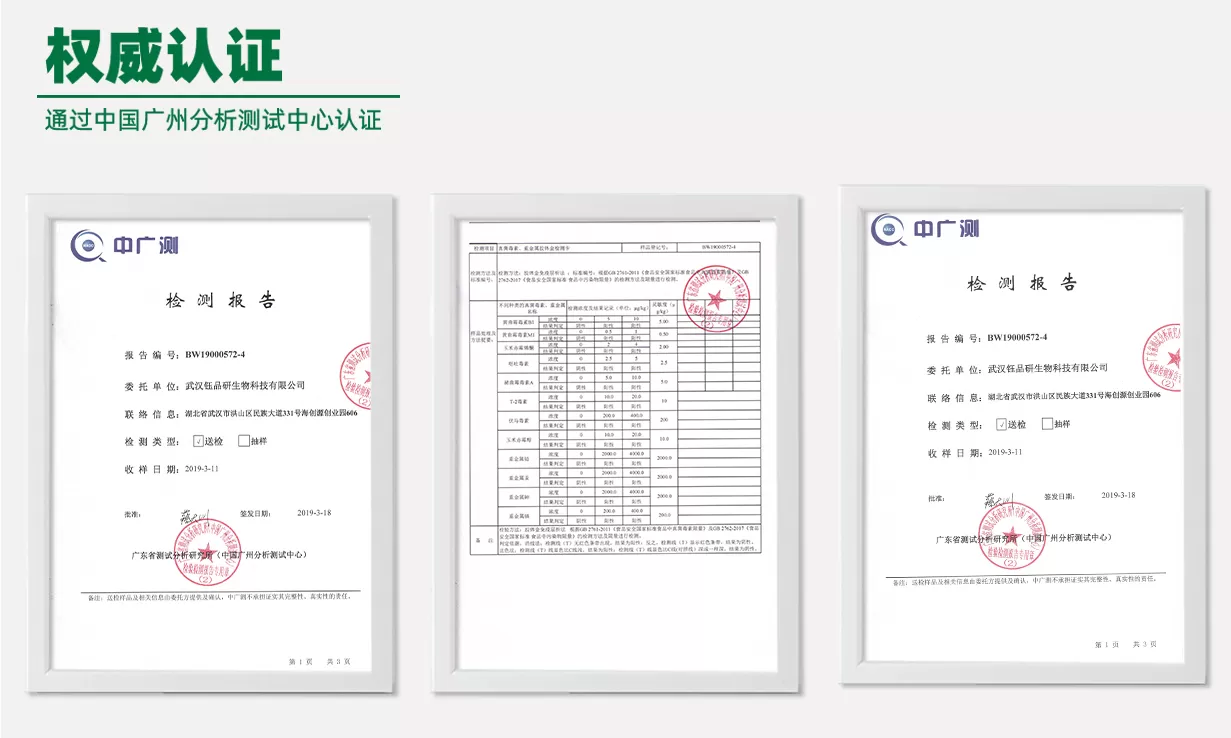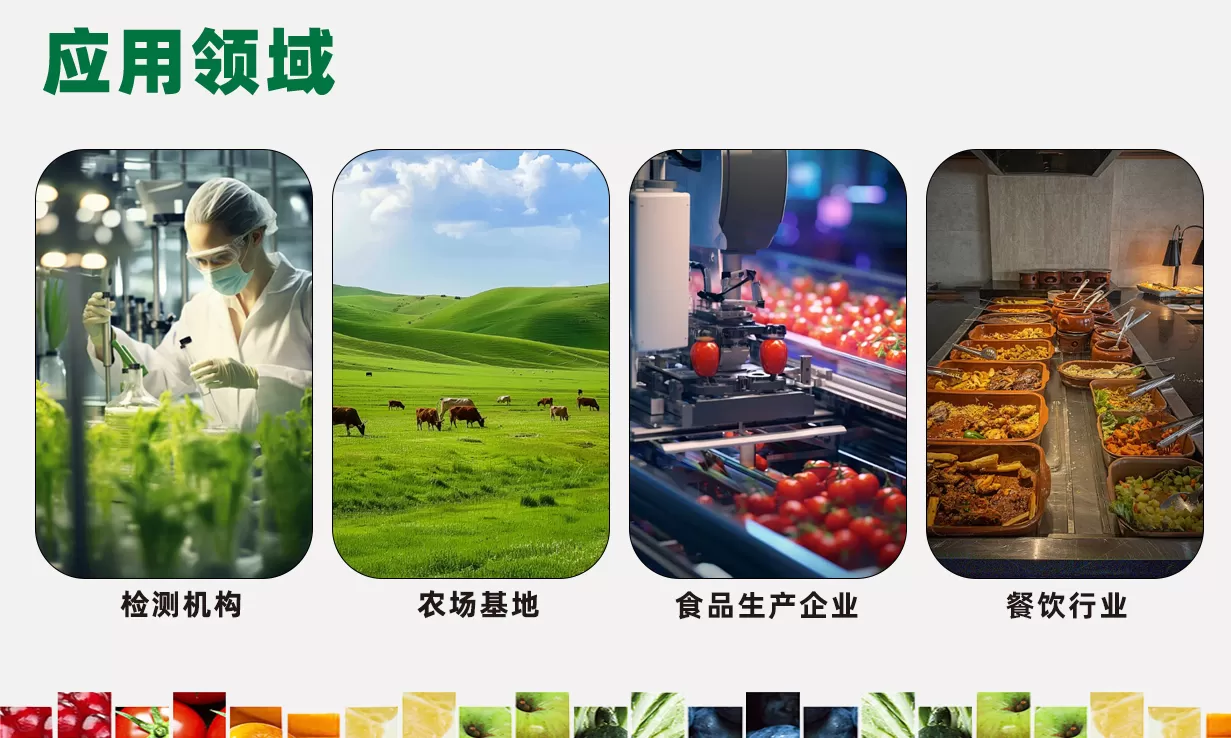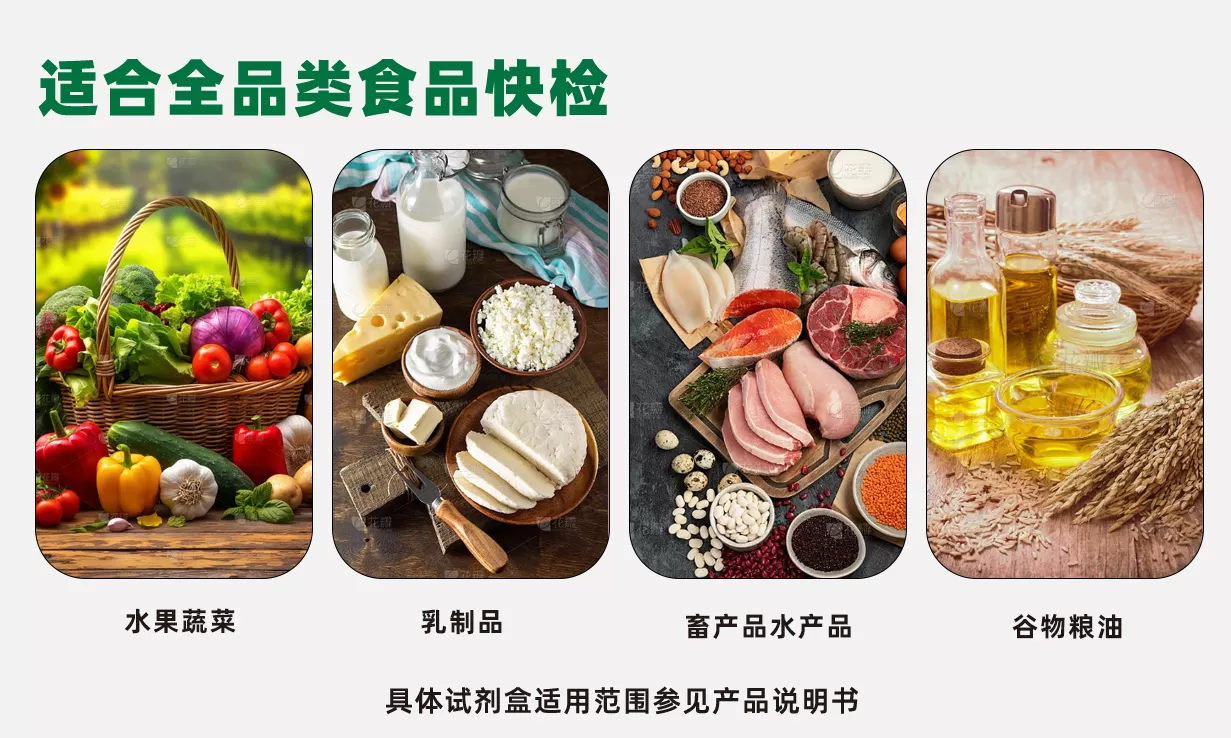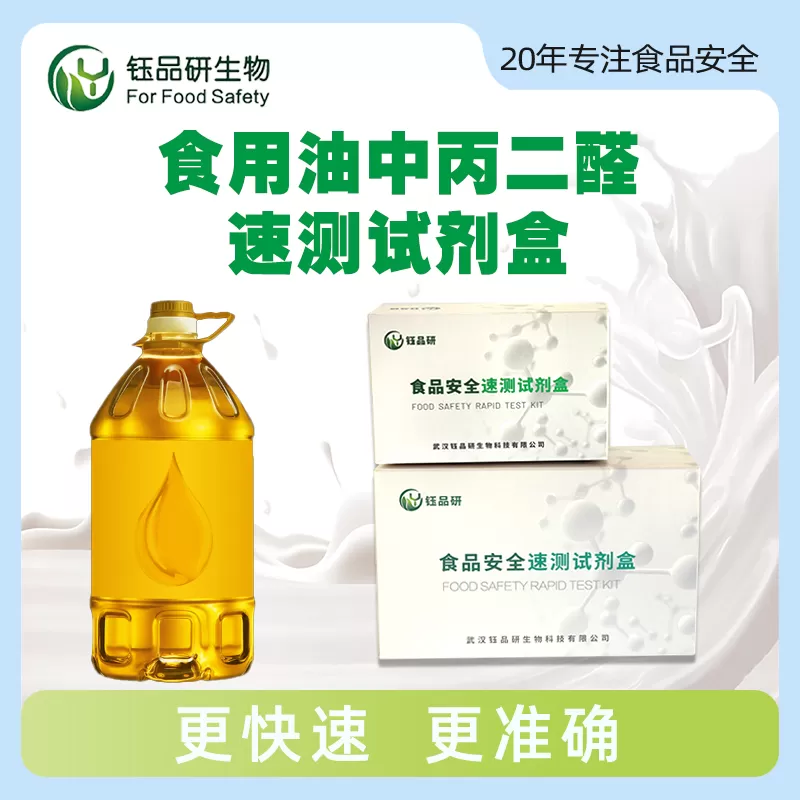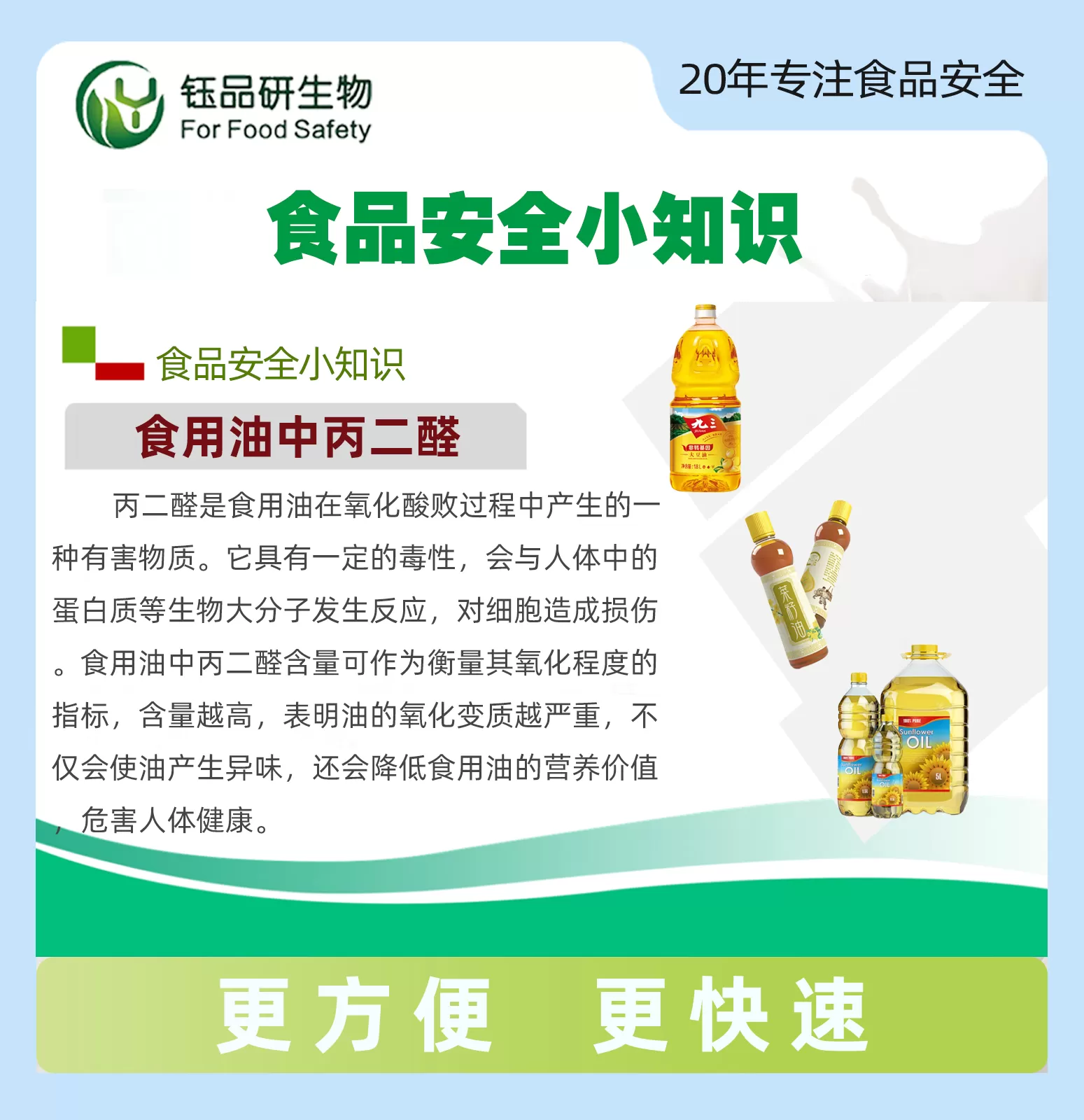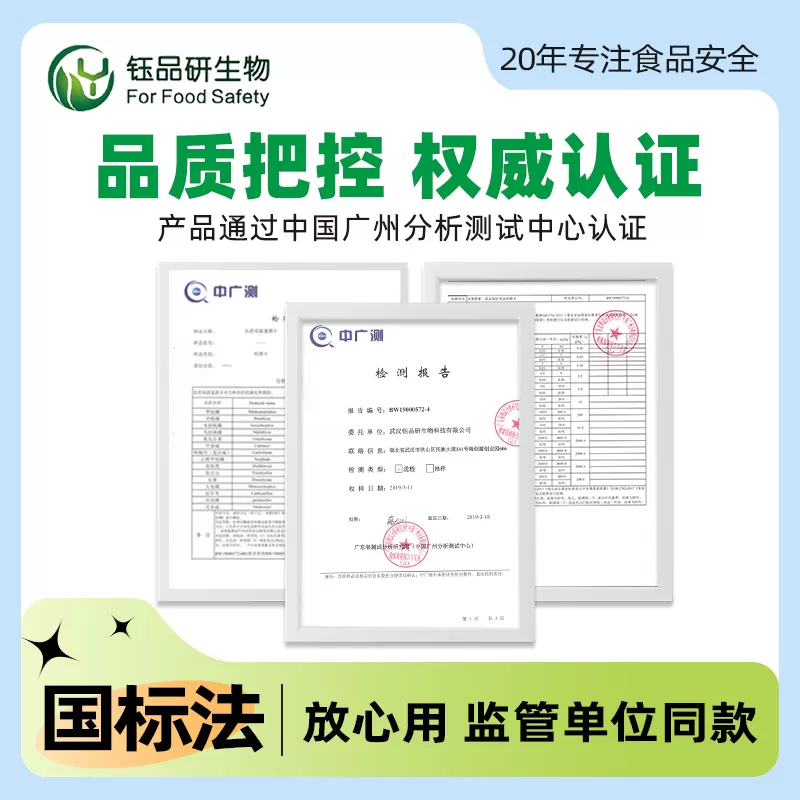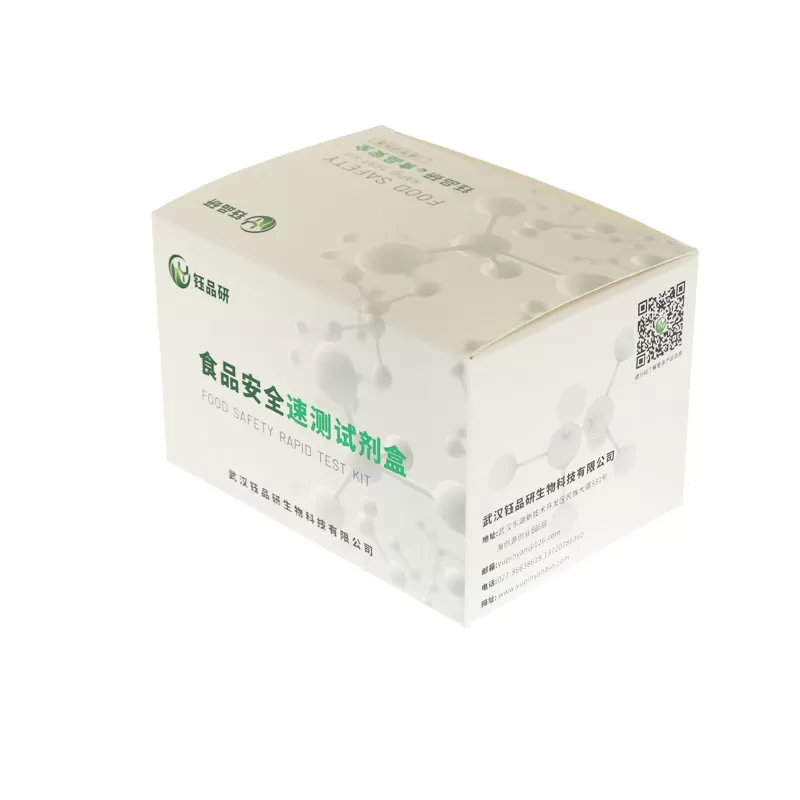Malondialdehyde in Edible Oil Quick Test Kit Instructions
1 Introduction
Grease is subjected to the action of light, heat, and oxygen in the air, and undergoes a rancidity reaction, decomposing compounds such as alaldehyde and acids. Malondialdehyde is one of the decomposition products. Malondialdehyde can cause cross-linking polymerization of proteins, nucleic acids and other life macromolecules, and is cytotoxic. Gutter oil and lard, etc. can produce peroxy compounds after high temperature treatment or long-term storage, including malondialdehyde. Eating lard with excessive malondialdehyde can be harmful to the human body.
2 Limit standard
GB10146-2015 "edible animal fat" stipulates that malondialdehyde 0.25mg/100g, that is, malondialdehyde 2.5mg/kg
3 Detection principle
The malondialdehyde in lard is extracted and reacted with the detection reagent to form a colored compound. The color depth is proportional to the content within a certain range. The actual content of malondialdehyde can be read out by comparing the color card.
4 Detection range, lard, gutter oil and suspicious samples.
5 Technical indicators, the lower limit of detection is 0.5mg/kg, and the detection range is 0-10mg/kg.
6 Sample Determination
6.1 Solid Sample: Take the sample to be tested in a centrifuge tube, heat it with water until it is dissolved. After melting, take 0.5mL from it and put it into a 5mL centrifuge tube as the solution to be tested.
6.2 Liquid Sample: Take 0.5mL
6 Add reagent A1.5mL to the solution to be tested, then add 6 drops of reagent B dropwise, shake well; 15 minutes in a boiling water bath, take out and cool to room temperature.
6 Observe the color of the sample, if it is red, it indicates that the sample contains malondialdehyde, if it is yellow or colorless, it indicates that the sample does not contain malondialdehyde, the specific content can be compared to the color card.
7 Precautions
7 Reagent A is corrosive to a certain extent, to avoid skin contact, if inadvertent contact, immediately rinse the contact part with a lot of water.
7 Experimental water refers to distilled water or purified water.
7.3 Lard is easy to solidify at room temperature, and can be heated to dissolve before testing.
7.4 This product is only used for initial screening, and the final result is subject to the relevant national standard methods.
8 Storage conditions and valid period
Reagents are stored in a cool and dry place at 4-30 ° C, protected from light, and the valid period is 12 months.
9 Kit packing list
Specifications: 100 samples/box
Name
Quantity
Remarks
Reagent A
2 Bottle
Reagent B
1 Bottle
5mL Centrifuge tube
1 Pack
Repeated use
straw
1 Pack
After cleaning Repeated use
Color card
1
manual
1 copies
